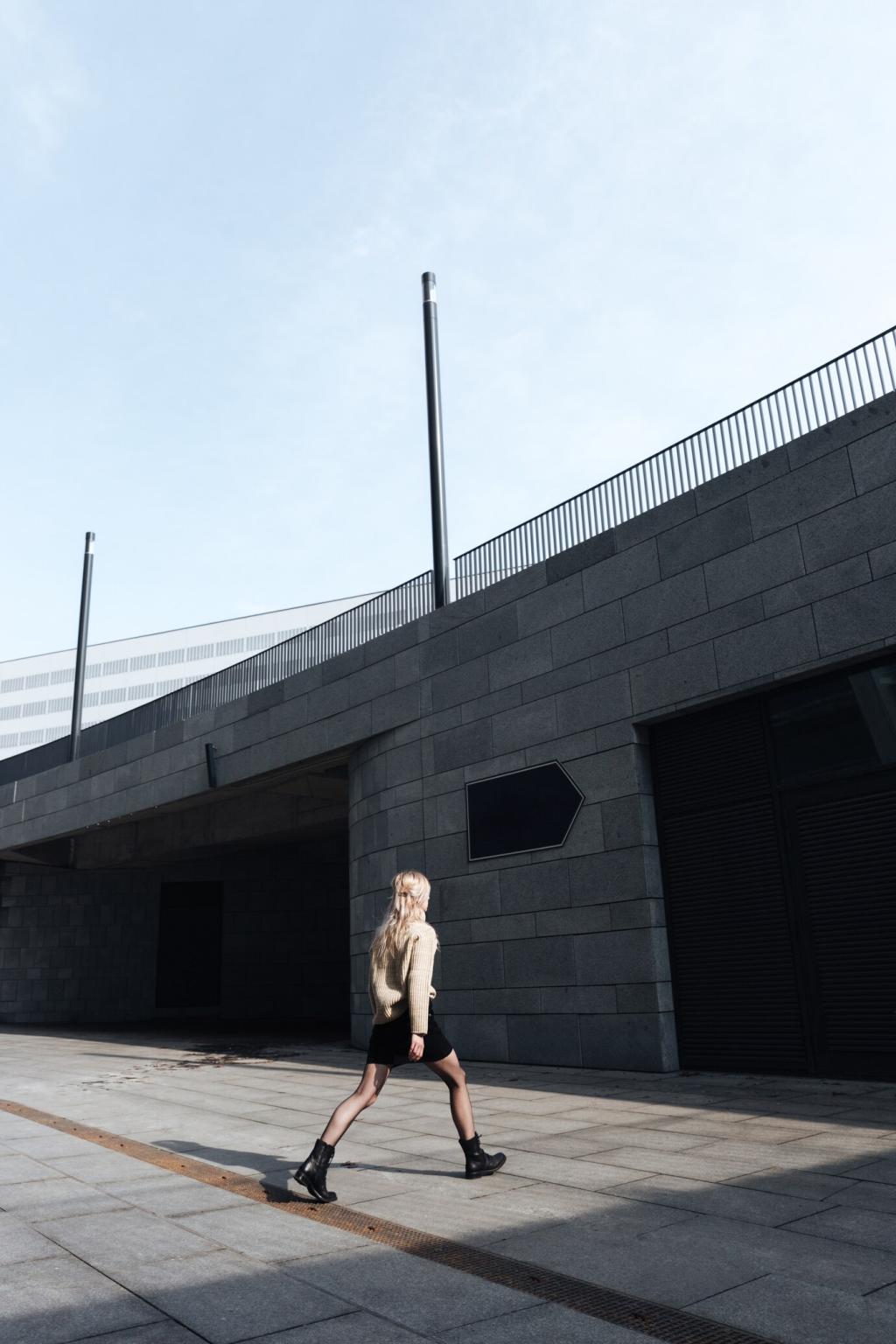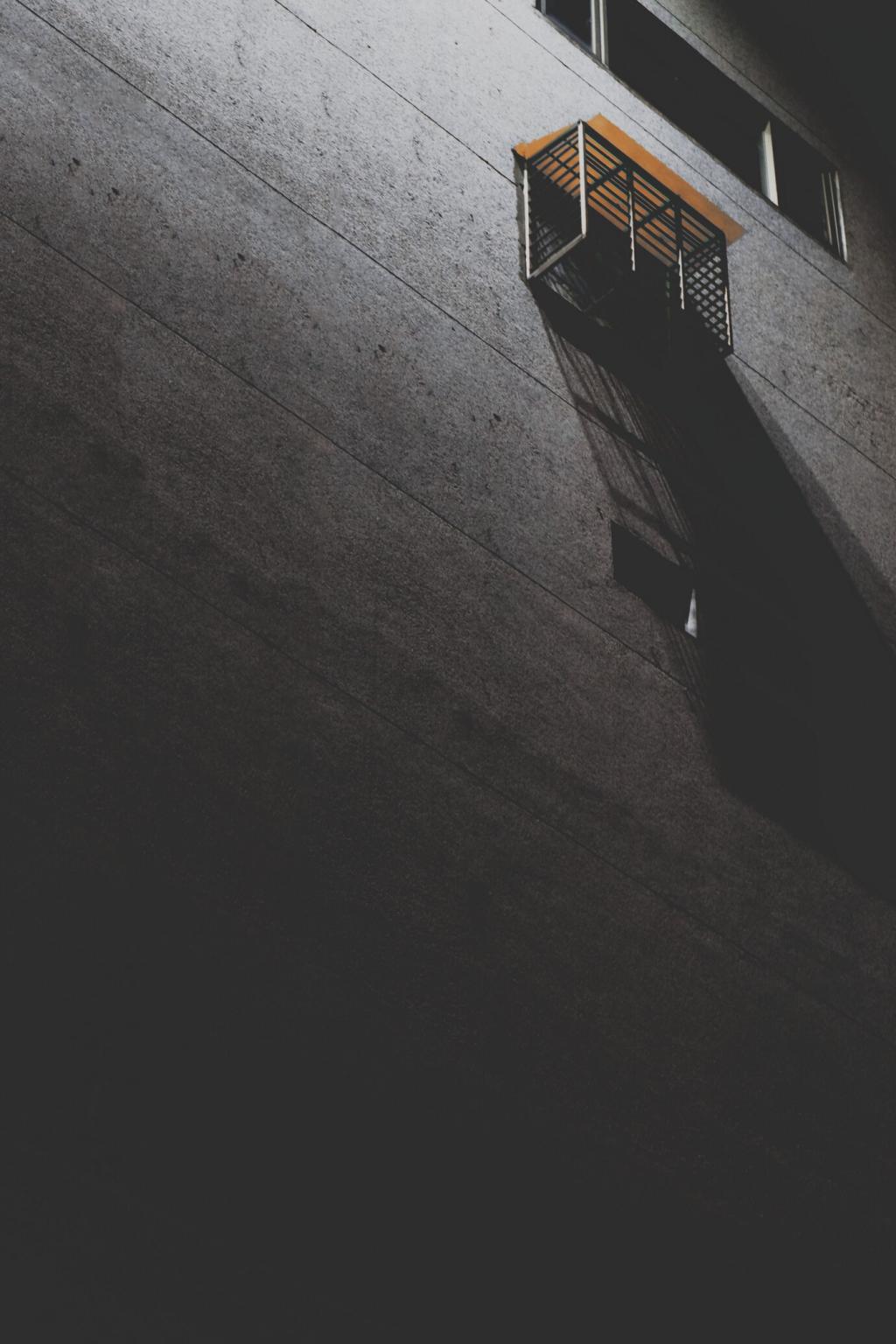Seasonality and Subtle Drama
A single plant by a white wall casts evolving silhouettes across the day. Morning shadows are fine and hopeful; late afternoon lines grow heavier and contemplative. This quiet theater costs nothing and enriches minimalist restraint.
Seasonality and Subtle Drama
Fresh leaves often emerge lighter, then deepen over weeks. That soft flush becomes a natural accent, replacing the need for extra objects. Celebrate the moment, photograph it, and share with us — proof that minimal spaces still bloom.








